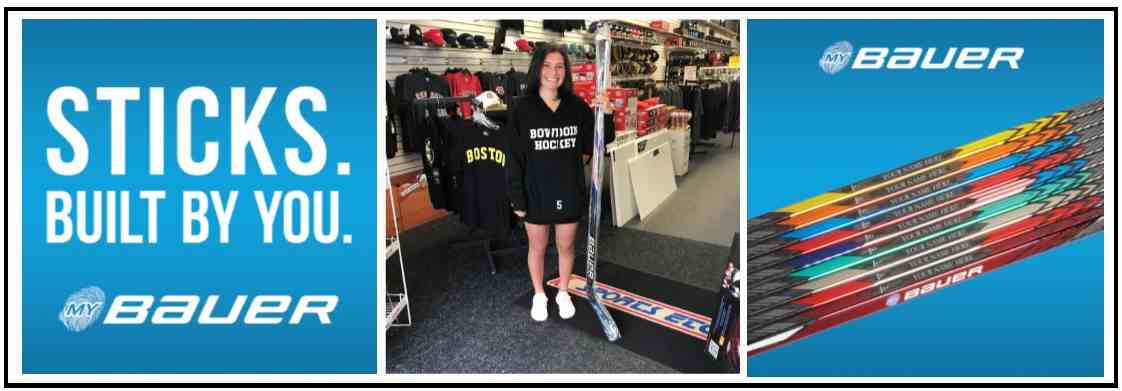The Warrior limited release Fantom QRE stick is here, then gone! The 360 grams Fantom offers these unique features- Enigma Carbon- 25K flat weave carbon is the lightest and most dynamic ever used on a Warrior stick True 1 Shadow Feel- Lightest, strongest true 1-piece construction to date creates enhanced balance, control and response Edge…




